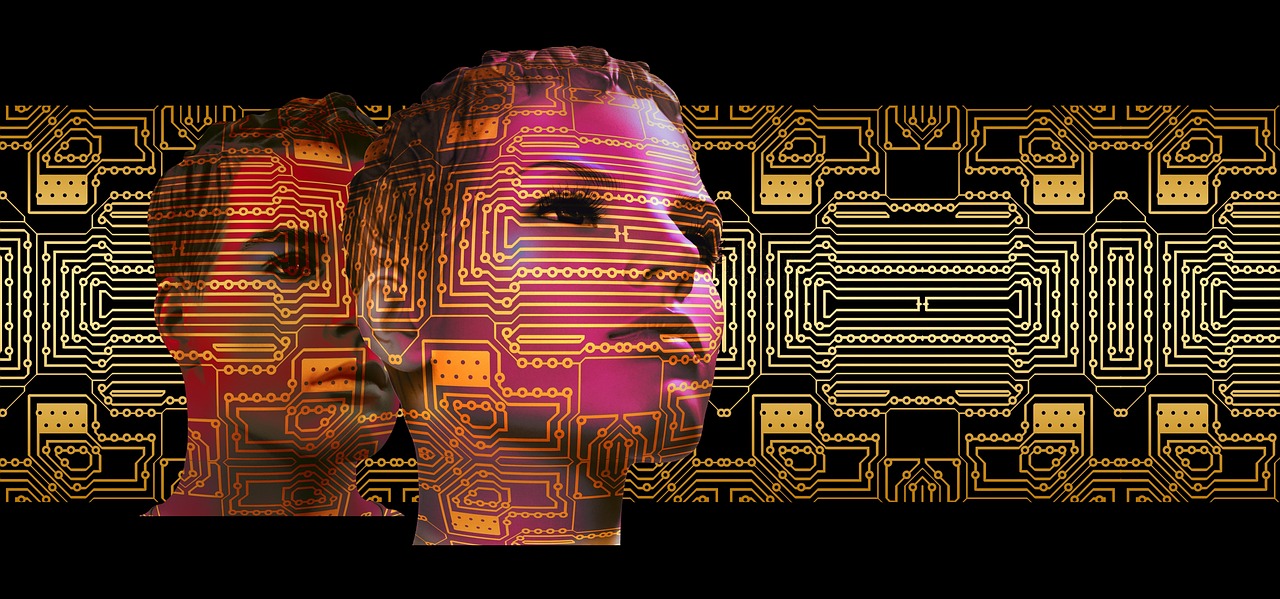The promise of artificial intelligence (AI) has moved from the realm of science fiction to a tangible reality transforming industries and reshaping how we live and work. Businesses are increasingly leveraging AI solutions to automate tasks, gain deeper insights from data, and personalize customer experiences. This article delves into the world of AI solutions, exploring their various applications, benefits, and how they’re impacting the modern landscape.
Understanding the Spectrum of AI Solutions
AI isn’t a monolithic entity. It encompasses a wide range of technologies and approaches. Understanding these distinctions is crucial for identifying the right solution for a specific problem.
Machine Learning (ML)
Machine learning is perhaps the most well-known subset of AI. It involves training algorithms on large datasets to enable them to learn patterns and make predictions without explicit programming.
- Supervised Learning: Algorithms learn from labeled data, where the correct answer is provided for each input. Example: Spam filtering where emails are categorized as “spam” or “not spam.”
- Unsupervised Learning: Algorithms learn from unlabeled data, discovering hidden patterns and structures. Example: Customer segmentation in marketing.
- Reinforcement Learning: Algorithms learn by trial and error, receiving rewards or penalties for their actions. Example: Training a robot to navigate a complex environment.
Natural Language Processing (NLP)
NLP focuses on enabling computers to understand, interpret, and generate human language.
- Sentiment Analysis: Determining the emotional tone of text. Used in social media monitoring and customer feedback analysis. Example: Identifying if a customer review is positive, negative, or neutral.
- Chatbots and Virtual Assistants: Providing automated customer support and personalized interactions. Example: Answering frequently asked questions on a website.
- Language Translation: Automatically translating text from one language to another. Example: Google Translate.
Computer Vision
Computer vision empowers computers to “see” and interpret images and videos.
- Object Detection: Identifying and locating specific objects within an image or video. Example: Self-driving cars recognizing pedestrians and traffic signs.
- Image Recognition: Identifying the content of an image. Example: Automatically tagging photos on social media.
- Facial Recognition: Identifying individuals based on their facial features. Example: Security systems unlocking doors based on facial recognition.
Benefits of Implementing AI Solutions
Integrating AI solutions into your business can unlock a multitude of advantages, leading to improved efficiency, increased revenue, and enhanced customer satisfaction.
Increased Efficiency and Automation
- Automating Repetitive Tasks: AI can handle mundane and repetitive tasks, freeing up human employees to focus on more strategic and creative work. Example: Automating invoice processing.
- Optimizing Processes: AI can analyze data to identify bottlenecks and inefficiencies in existing processes, leading to streamlined workflows. Example: Optimizing supply chain logistics.
- Reduced Costs: By automating tasks and optimizing processes, AI can significantly reduce operational costs. Example: Lowering energy consumption in buildings through AI-powered energy management systems.
Enhanced Decision-Making
- Data-Driven Insights: AI can analyze vast amounts of data to uncover patterns and insights that humans might miss. Example: Identifying market trends based on social media data.
- Improved Forecasting: AI can be used to predict future trends and outcomes, enabling better planning and resource allocation. Example: Forecasting sales based on historical data and market conditions.
- Personalized Recommendations: AI can analyze customer data to provide personalized recommendations, leading to increased sales and customer loyalty. Example: Recommending products on an e-commerce website based on past purchases.
Improved Customer Experience
- Personalized Customer Interactions: AI-powered chatbots and virtual assistants can provide personalized customer support and recommendations. Example: Providing 24/7 customer service through a chatbot.
- Faster Response Times: AI can automate responses to customer inquiries, reducing wait times and improving customer satisfaction. Example: Automatically responding to frequently asked questions.
- Proactive Customer Service: AI can identify potential customer issues and proactively address them before they escalate. Example: Predicting when a customer might cancel their subscription and offering them a special deal.
Implementing AI Solutions: A Step-by-Step Guide
Successfully implementing AI solutions requires a strategic approach. Here’s a step-by-step guide to help you get started:
Define Your Goals and Objectives
- Clearly define what you want to achieve with AI.
- Identify specific problems that AI can solve.
- Set measurable goals and key performance indicators (KPIs).
Choose the Right AI Solution
- Consider your specific needs and requirements.
- Research different AI technologies and vendors.
- Select the solution that best aligns with your goals and budget.
Prepare Your Data
- Ensure your data is clean, accurate, and properly formatted.
- Gather sufficient data to train your AI models.
- Consider data privacy and security regulations.
Deploy and Monitor Your AI Solution
- Integrate the AI solution with your existing systems.
- Monitor its performance and make adjustments as needed.
- Continuously train and improve your AI models.
Real-World Examples of AI Solutions in Action
AI is already transforming various industries. Here are a few examples of its real-world applications:
Healthcare
- AI-powered diagnostics: Analyzing medical images to detect diseases like cancer at an early stage.
- Personalized medicine: Tailoring treatments to individual patients based on their genetic makeup and other factors.
- Drug discovery: Accelerating the process of identifying and developing new drugs.
Finance
- Fraud detection: Identifying and preventing fraudulent transactions.
- Algorithmic trading: Automating trading decisions based on market data.
- Risk management: Assessing and mitigating financial risks.
Retail
- Personalized recommendations: Recommending products to customers based on their past purchases and browsing history.
- Inventory management: Optimizing inventory levels to minimize waste and maximize sales.
- Chatbots for customer service: Providing automated customer support and answering frequently asked questions.
Addressing the Challenges of AI Implementation
While the benefits of AI are significant, implementing AI solutions can also present some challenges:
Data Requirements
- AI algorithms often require large amounts of high-quality data for training.
- Data collection, cleaning, and preparation can be time-consuming and expensive.
- Consider data augmentation techniques to artificially increase the size of your dataset.
Expertise and Skills
- Implementing and managing AI solutions requires specialized skills and expertise.
- Consider hiring data scientists, AI engineers, and other AI professionals.
- Alternatively, partner with an AI consulting firm or use pre-trained AI models.
Ethical Considerations
- AI algorithms can be biased if they are trained on biased data.
- Ensure your AI solutions are fair, transparent, and accountable.
- Consider the ethical implications of using AI in sensitive areas.
Conclusion
AI solutions offer tremendous potential for businesses across various industries. By understanding the different types of AI, identifying the right solutions for your specific needs, and addressing the associated challenges, you can unlock the transformative power of AI and gain a competitive edge in today’s rapidly evolving landscape. Embrace the future and start exploring how AI can revolutionize your business.




